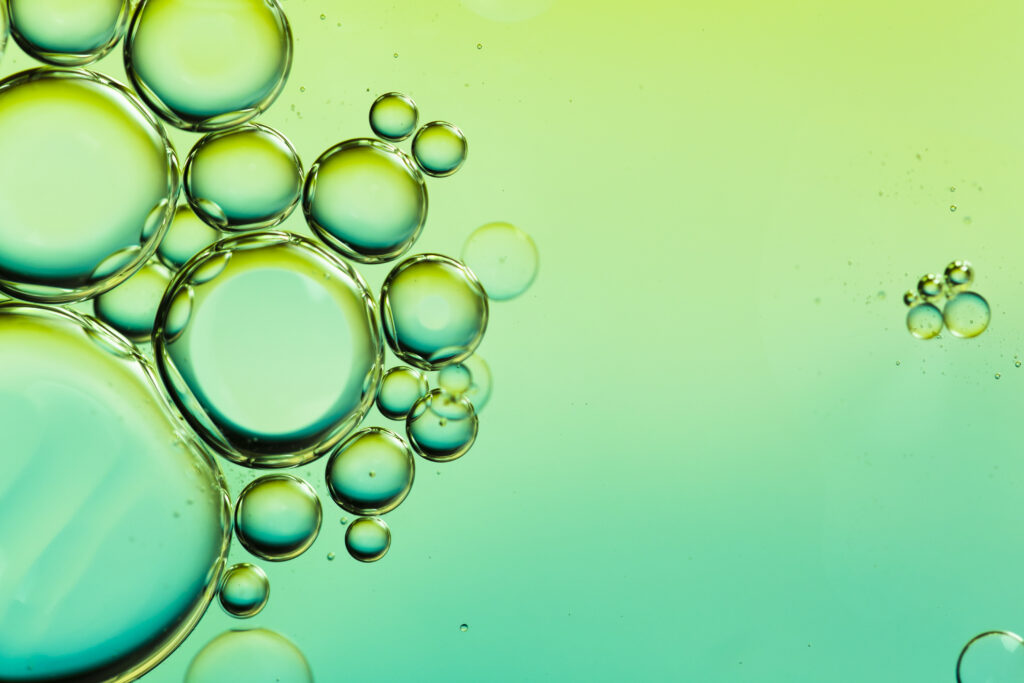Defoamers: Key Solutions for Managing Foam in Various Processes
Defoamers: Key Solutions for Managing Foam in Various Processes
Blog Article
Selecting the Right Defoamer for Your Particular Application Requirements
Picking the suitable defoamer for particular application needs is a nuanced procedure that requires cautious consideration of numerous variables, such as the foam operating, type, and medium conditions. Understanding the nuances of defoamer efficiency-- including rate and determination-- while likewise representing regulative and ecological factors is essential. In addition, taking part in trials and speaking with makers can supply beneficial understandings. Browsing these intricacies can be difficult, and the consequences of an inadequate choice might be significant. What approaches can be used to ensure an optimal choice?
Understanding Foam Development
Foam formation happens when gas is entraped within a fluid, creating a steady structure of bubbles. This sensation can dramatically affect numerous industrial processes, particularly in fields such as food manufacturing, pharmaceuticals, and wastewater treatment. The existence of foam can impede blending, reduce item quality, and even result in functional inefficiencies.
Foam normally forms due to a combination of elements, including surface-active agents, anxiety, and the features of the fluid phase. Surfactants lower the surface tension of the fluid, assisting in the development of bubbles that can integrate and maintain. Agitation, whether from mechanical stirring or gas introduction, boosts bubble development, resulting in boosted foam volume.
Comprehending the mechanics of foam formation is essential for sectors aiming to maximize their procedures. By determining the specific conditions that advertise foam generation, companies can execute strategies to alleviate its effects.
Kinds of Defoamers Available
Numerous kinds of defoamers are available to resolve the obstacles posed by foam in commercial applications. defoamers. Generally categorized, defoamers fall under three groups: silicone-based, non-silicone-based, and natural defoamers
Silicone-based defoamers are renowned for their performance and stability throughout a variety of temperatures and pH levels. They are generally utilized in applications where solid foam reductions is required, such as in coatings, paints, and adhesives. Their reduced surface area tension enables fast foam collapse.
Non-silicone-based defoamers, typically made from natural compounds, offer a choice for applications sensitive to silicone residues. These defoamers can be additional split into polyether and ester kinds, each customized to satisfy details formula requirements. Non-silicone defoamers are regularly made use of in food processing and individual treatment items because of their compatibility with different solutions.
All-natural defoamers, originated from plant or pet resources, are obtaining grip as a result of their environmentally friendly profile. These products are particularly appealing in applications where governing conformity and sustainability are paramount, such as in agrochemicals and biotechnology.
Choosing the right kind of defoamer is critical for enhancing performance and making certain compatibility with certain applications.
Trick Application Considerations
When selecting a defoamer, it is essential to consider the certain application demands to guarantee optimal efficiency. defoamers. Different sectors have unique requirements, such as food handling, drugs, or wastewater treatment, and each application might require special defoaming residential or commercial properties
Trick factors to evaluate consist of the medium in which the defoamer will certainly be made use of, whether it is water-based, oil-based, or a mix thereof. The temperature and pH degrees of go the application can also substantially influence the efficiency of a defoamer. Additionally, compatibility with various other chemicals present in the system is important to protect against damaging reactions that can endanger performance.
Another essential consideration is the foaming habits of the specific system. Comprehending whether the foam forms quickly or slowly can assist the choice of a defoamer that targets the source successfully. Furthermore, the preferred rate of defoaming can influence the choice, as some applications need quick action while others might endure slower defoaming procedures.
Lastly, environmental and governing considerations must not be forgotten, specifically in markets with stringent compliance demands. Choosing a defoamer that lines up with these variables ensures both efficiency and security in the application.

Performance Testing Techniques
Assessing the performance of a defoamer needs a methodical method to screening that accurately gauges its efficiency in particular applications. Various performance testing approaches can be employed to ascertain the optimum defoamer for a given formulation.
One usual approach is the bubble test, which assesses the defoamer's capacity to reduce foam volume over time. This test includes producing a secure foam and after that including the defoamer to observe the price of foam collapse.

Ultimately, picking the appropriate efficiency screening method depends on the specific application and the type of foam being attended to. Each technique provides valuable data that can direct formula changes and improve the effectiveness of the defoamer in functional applications.
Ideal Practices for Choice


Next, think about the defoamer's performance in terms of rate of activity and perseverance. A quick-acting defoamer may be essential for procedures where quick foam reductions is critical, while a more relentless formulation may be required for prolonged foam control. Additionally, evaluate the environmental influence of the defoamer, including its biodegradability and any type of governing conformity needs.
Conduct trials with chosen defoamers to identify their performance in real-world problems. By adhering to these finest practices, you can boost foam control performance and make sure the longevity of your processes.
Verdict
In recap, selecting the suitable defoamer requires a thorough browse around here examination of numerous aspects, consisting of foam type, tool, operating problems, and environmental considerations. Understanding the distinct attributes of foam development and the readily available defoamer alternatives is essential. Furthermore, employing effective efficiency testing approaches and sticking to finest techniques during the option process will certainly enhance the chance of achieving ideal defoaming results. Eventually, an educated choice technique will certainly attend to certain application demands and mitigate lathering obstacles efficiently.
Choosing the proper defoamer for learn the facts here now particular application needs is a nuanced process that demands careful factor to consider of several elements, such as the foam type, medium, and operating problems.Selecting the right defoamer is essential for achieving optimum efficiency in foam control applications. A quick-acting defoamer may be required for processes where fast foam suppression is essential, while a much more persistent formulation might be needed for prolonged foam control.In recap, picking the ideal defoamer requires a thorough analysis of different variables, including foam kind, medium, operating conditions, and ecological factors to consider. Comprehending the one-of-a-kind features of foam formation and the readily available defoamer choices is important.
Report this page